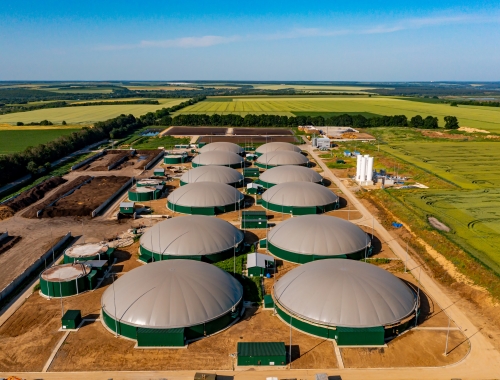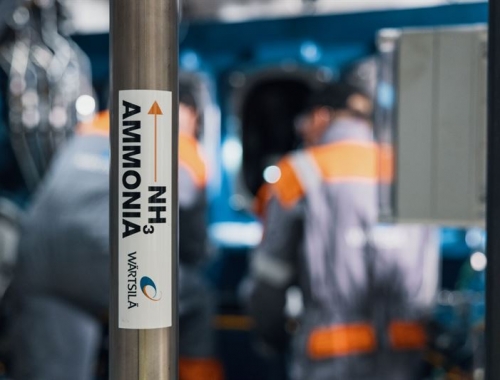Turquoise hydrogen industry poised for major expansion: CEEW
SUMMARY
There is going to be a significant increase in capacity in the turquoise hydrogen industry in the coming years, especially in the US with the Inflation Reduction Act providing monetary support. [image credit: CEEW]
By Shardul SharmaPOSTED IN:
World Asia/Oceania Technology Innovation EU India United States
There is set to be a significant increase in capacity within the turquoise hydrogen sector in the forthcoming years, particularly in the US, supported by the Inflation Reduction Act which offers financial backing, said Hemant Mallya, a fellow at the New Delhi-based Council on Energy, Environment and Water (CEEW), in a conversation with GasPathways.
"The global turquoise industry is still at a nascent stage. According to CEEW's analysis, processes such as natural gas and naphtha-based pyrolysis have been in existence for some time, although they were originally tuned for the production of carbon black as the primary output," he explains. "However, newer natural gas pyrolysis technologies are now focused on producing hydrogen alongside different types of solid carbon byproducts or morphologies. We anticipate a substantial surge in production capacity in the coming years, especially in the US, where the Inflation Reduction Act is expected to provide financial support for turquoise hydrogen."
Numerous companies across various jurisdictions globally are currently experimenting with different technologies that yield a range of carbon byproduct outputs, some of which can be marketed as commodities, such as graphite. While one of these companies has already begun commercial operations, others are in the planning stages for commercialisation within the next few years, adds Mallya.

Hemant Mallya, fellow at the New Delhi-based Council on Energy, Environment and Water (CEEW).
India's significant potential in the turquoise hydrogen domain
CEEW believes that India holds significant potential in the turquoise hydrogen sector, contingent on two key factors: the acceptance of the technology as a viable option and the relative price competitiveness of green hydrogen and grey hydrogen.
"India can potentially harness turquoise hydrogen in several sectors, including steelmaking, refineries, cement plants, and blending in natural gas pipelines. Based on our analysis, we could produce turquoise hydrogen at around half the cost of green hydrogen at present. While there's a strong push for scaling up green hydrogen production, unless prices decrease substantially within the next decade, pyrolysis could play a vital role, given its significant emission advantages over grey hydrogen," asserts Mallya.
Regarding Indian companies involved in turquoise hydrogen, Mallya notes that while there have been no public announcements, a few are exploring the possibility.
Cost difference between turquoise hydrogen and green hydrogen
CEEW's analysis highlights that pyrolysis technology requires significantly lower capital expenditure (capex) compared to setting up a water electrolysis plant for green hydrogen. The latter involves substantial upfront investments not only for the hydrogen production facility but also for establishing dedicated renewable power plants with energy storage.
However, the operating costs of electrolysis plants are projected to be much lower as they do not necessitate expensive feedstock, such as natural gas. Additionally, the capex requirements can be significantly reduced if renewable power is transmitted through the power grid. Yet, under such circumstances, the variable costs would rise substantially due to the high transmission charges associated with wheeling power from renewable energy sources to end-users.
CEEW's analysis indicates that turquoise hydrogen could be produced in India for as little as $1.6/kg, provided that the carbon byproduct can be sold for $0.4/kg. Higher-quality carbon morphologies could potentially command even higher prices, thus making turquoise hydrogen as affordable as $1/kg – potentially undercutting the price of blue hydrogen, which is valued at $2.6–2.7/kg H2.
Notably, a few Indian companies have announced their goal of achieving $1/kg H2 within a decade, according to a 2021 media report.
"Based on our modelled estimates, such goals are rather ambitious and may not be realistically attainable without a steep decline in component costs, improvements in equipment efficiencies, and resolution of power market challenges in a relatively short timeframe," says Mallya.








